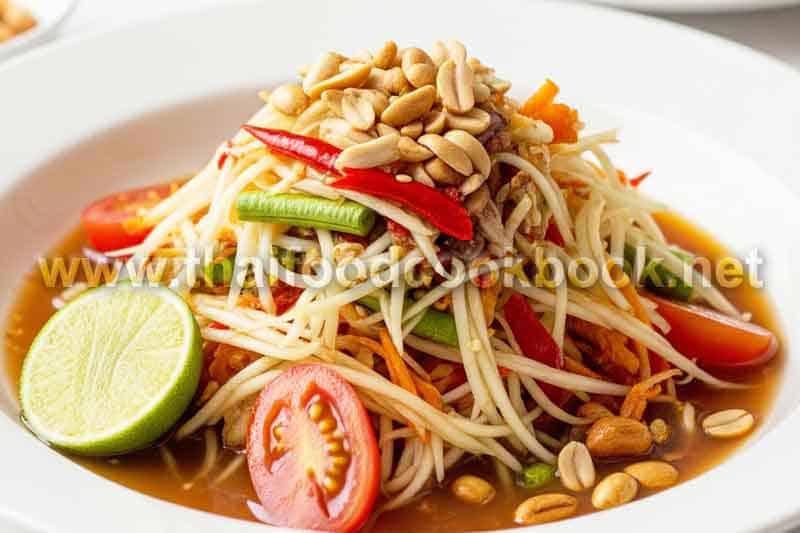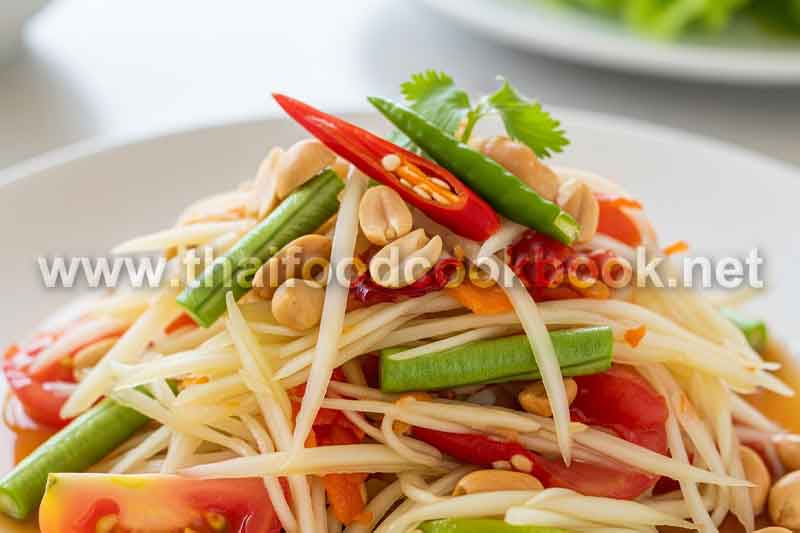Common Mistakes Beginners Make When Following a Thai Food Recipe
Many home cooks are excited to try authentic Thai dishes, but the most common barrier is not the technique — it is the overlooked details inside a Thai Food Recipe itself. Beginners often underestimate ingredient preparation, timing of seasoning, and the balance of sweet, sour, salty, and heat that defines real Thai flavors. When cooks rely too much on Western substitutions or skip fresh herbs to save time, the result tastes flat or unbalanced. Another frequent error is treating Thai cooking like Western sautéing — in Thai cuisine, ingredient hierarchy matters deeply, particularly the moment aromatics hit the pan. Without understanding this flavor order and how to respect temperature, oils, and moisture content, beginners struggle to achieve that signature Thai depth and fragrance. Those learning at home should treat authentic preparation not as complication but as the foundation that makes everyday meals taste restaurant-level.
Mistake #1 — Misinterpreting Ingredients and Using the Wrong Substitutes
One of the most repeated beginner mistakes comes from swapping authentic herbs and spices for whatever is available in the pantry. Thai basil is frequently replaced with Italian basil, even though both smell and behave differently under heat. Lime juice is incorrectly swapped with vinegar, destroying the gentle citrus aroma that Thai food relies on. Other typical errors include using regular soy sauce instead of light Thai soy sauce, or substituting palm sugar with refined white sugar in equal amounts. These swaps create flavor collisions rather than harmony. To cook Thai dishes successfully, start by learning which ingredients define the aromatic identity of the cuisine. A few authentic examples include:
- Kaffir lime leaves for freshness and fragrance
- Nam pla (Thai fish sauce) to create controlled salt and umami
- Galangal instead of ginger for sharper citrus-pepper aromatics
- Palm sugar to round out sour and spicy notes naturally
By respecting these foundations, the dish instantly transforms from “Thai-inspired” to authentically Thai in flavor and character, even when prepared in a home kitchen.
Mistake #2 — Overcooking Fresh Aromatics and Losing Essential Flavor
Great Thai dishes depend on aroma before they rely on flavor. Beginners frequently sauté lemongrass, galangal, or shallots too early or over too much flame, burning off their volatile oils before vegetables and proteins ever enter the pan. Thai cooking expects fast but smart heat — not simply high heat. The ingredients must bloom, not scorch. Another key oversight is forgetting that Thai cuisine layers fragrance: chilies, garlic, onion, and herbs each play a separate role in building complexity. Rushing this process leads to dull or bitter flavor. Instead, heat should briefly kiss the aromatics so the oil captures and carries the fragrance forward into the dish. If a cook respects this step, even simple stir-fries and curries become richly perfumed without the need for complicated technique. Consider it “aromatic timing” — a discipline that separates flavorful Thai food from merely spicy or salty food.
Mistake #3 — Ignoring the Balance of Sweet, Sour, Salty, and Spicy
Unlike Western recipes where seasoning often happens at the end, Thai food builds balance throughout the cooking process. The most authentic dishes have gentle transitions in flavor: a sour note brightens where sweetness rounds; heat lingers where salt sharpens; and fragrance ties it together. Beginners often overseason with chilies or sugar because they think Thai food must be either very spicy or extremely sweet. What Thai cuisine truly values is harmony. For example, Tom Yum without its sour accent becomes heavy; Pad Kra Pao without a controlled salty backbone feels one-note; and Green Curry without its sweetness tastes harsh. Mastering Thai flavor is less about memorizing recipes and more about tasting while cooking — always checking which direction the dish is leaning and correcting early. When cooks embrace balance as a living part of preparation, even “simple” recipes become deeply satisfying.
Final Summary — Understanding Technique Builds Real Thai Flavor
Beginners who follow Thai recipes successfully learn quickly that authentic results come from respecting balance, using correct ingredients, and handling aromatics with intention. Avoid rushing heat, avoid the wrong substitutes, and taste as you cook so that sweet, sour, salty, and spicy meet in harmony rather than competition. If you want to deepen your understanding of regional technique, ingredient behavior, and how Thai cooks layer flavor, explore this trusted culinary reference from traditional Thai cooking and continue practicing small improvements over time. As long as you adopt these foundations, you will move beyond “beginner mistakes” and into confident, intuitive Thai cooking that consistently tastes authentic in every dish you prepare.

